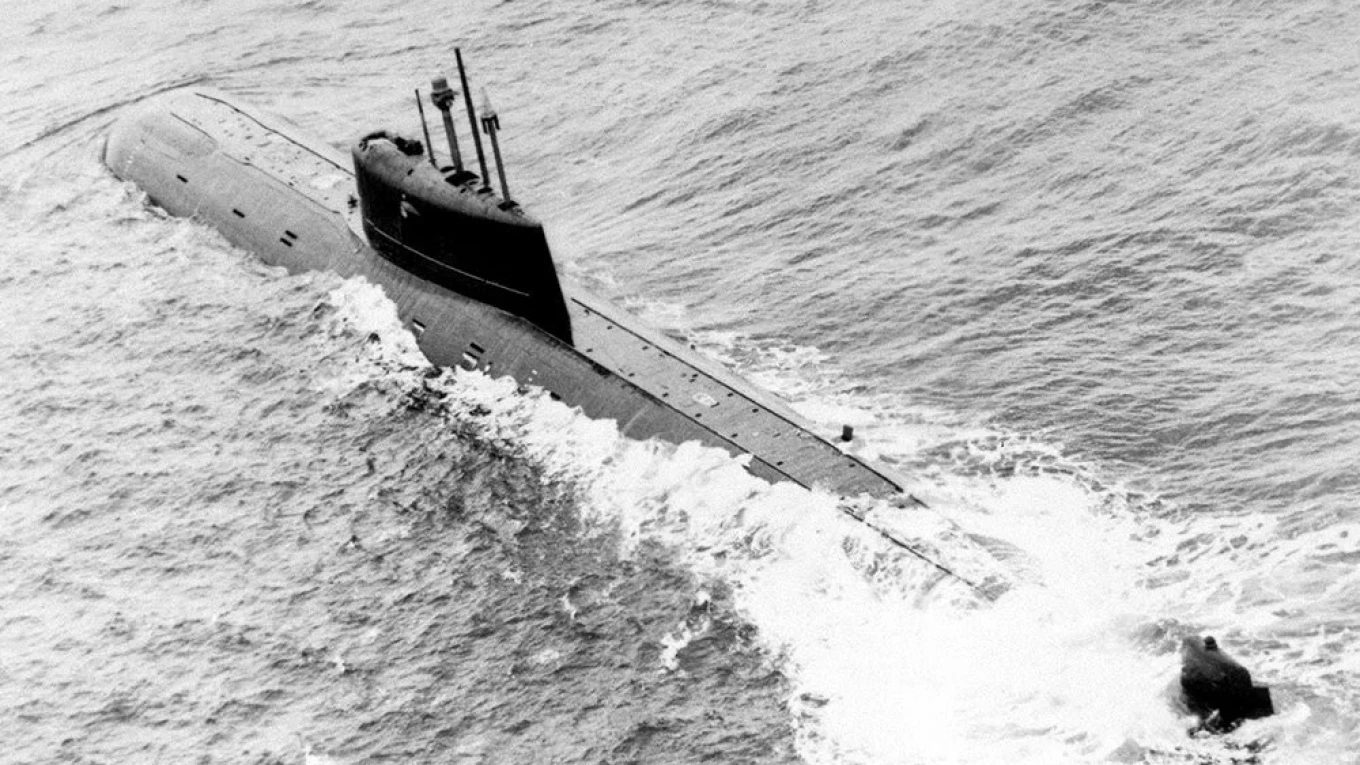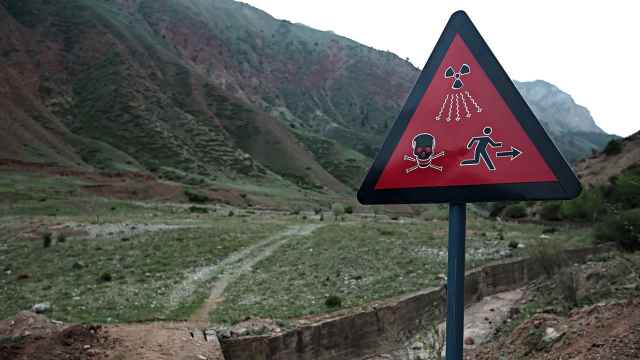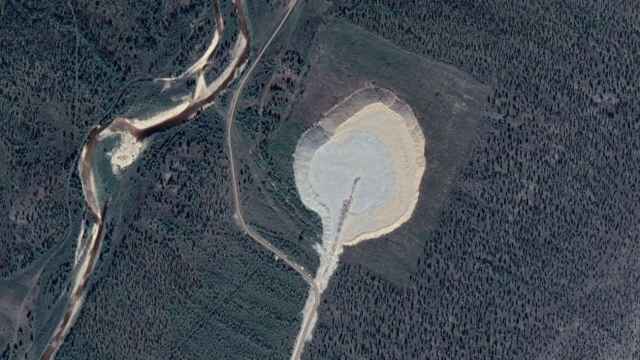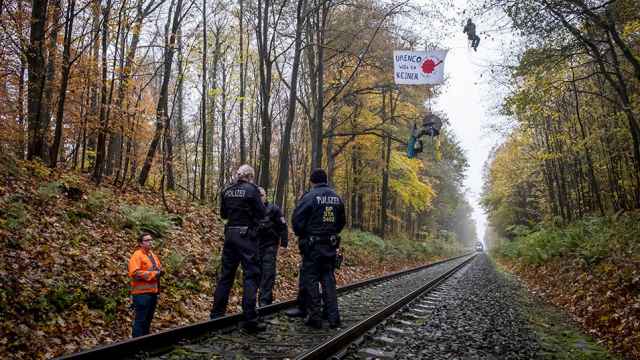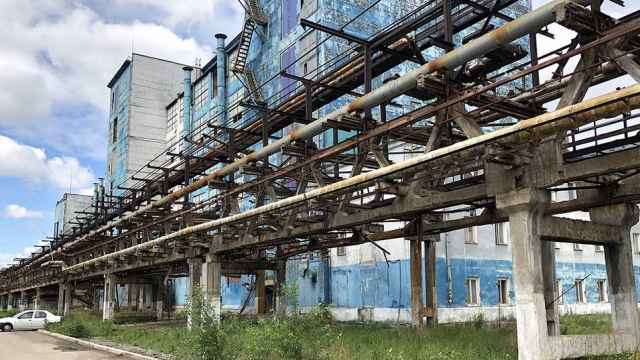Russia has sent an expedition to survey radioactivity levels at the wreckage of a Soviet nuclear submarine which sank in the Norwegian Sea three decades ago, the country's meteorological service said Wednesday.
Equipped with a nuclear reactor and two nuclear warheads, the Komsomolets submersible caught fire in April 1989 as a result of a short circuit while in international waters 500 kilometers from Norway.
Its crew was unable to put out the fire, leaving the nuclear vessel to sink and killing 42 people in one of the world's worst submarine disasters.
The wreckage has since been kept under close monitoring, with Russian investigators reporting in the early 1990s and 2007 that it was leaking radiation.
A joint Russian-Norwegian expedition in 2019 found the submarine was leaking radiation up to 800,000 times above normal levels, though Norway said the pollution had little impact on its fish and seafood.
In a statement Wednesday, the Roshydromet environmental monitoring agency said a new expedition had departed a day earlier from the city of Arkhangelsk in Russia's northwest carrying a group of scientists.
"The main goal of the expedition is to collect data on the state of the marine environment to assess the possible consequences of its contamination with radioactive products from the nuclear submarine," Roshydromet said.
The environment monitor said the team will take samples of water, seabed sediment and radioactive aerosols near the carcass of the damaged submarine, which sits at a depth of 1,027 meters.
The expedition will return to Arkhangelsk on June 5.
At the time, the Komsomolets accident raised fears of another Chernobyl, after an explosion at a nuclear reactor in the ex-Soviet Ukraine city caused the world's worst nuclear accident three years earlier.
Russia has also seen nuclear accidents in recent years.
A month after the joint Russian-Norwegian expedition examined Komsomolets in 2019, a blast at a missile test site near Arkhangelsk killed five people and caused a spike in radiation levels.
A Message from The Moscow Times:
Dear readers,
We are facing unprecedented challenges. Russia's Prosecutor General's Office has designated The Moscow Times as an "undesirable" organization, criminalizing our work and putting our staff at risk of prosecution. This follows our earlier unjust labeling as a "foreign agent."
These actions are direct attempts to silence independent journalism in Russia. The authorities claim our work "discredits the decisions of the Russian leadership." We see things differently: we strive to provide accurate, unbiased reporting on Russia.
We, the journalists of The Moscow Times, refuse to be silenced. But to continue our work, we need your help.
Your support, no matter how small, makes a world of difference. If you can, please support us monthly starting from just $2. It's quick to set up, and every contribution makes a significant impact.
By supporting The Moscow Times, you're defending open, independent journalism in the face of repression. Thank you for standing with us.
Remind me later.


